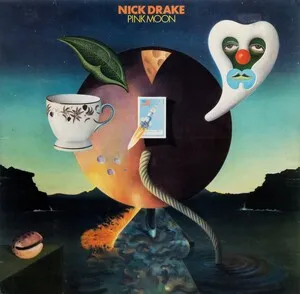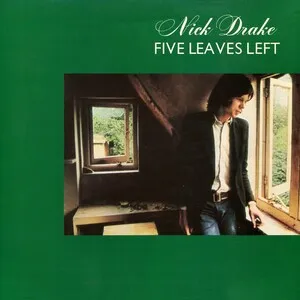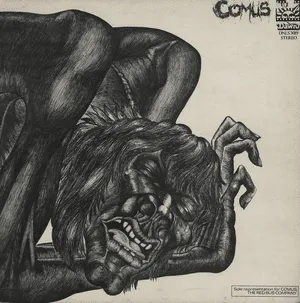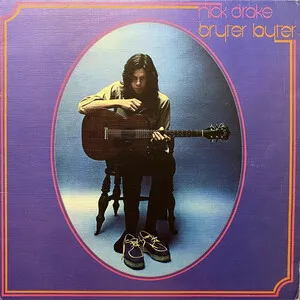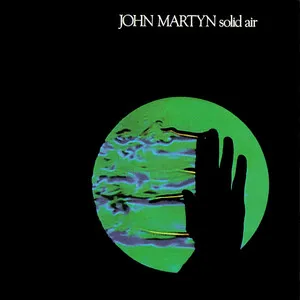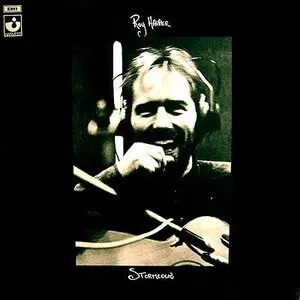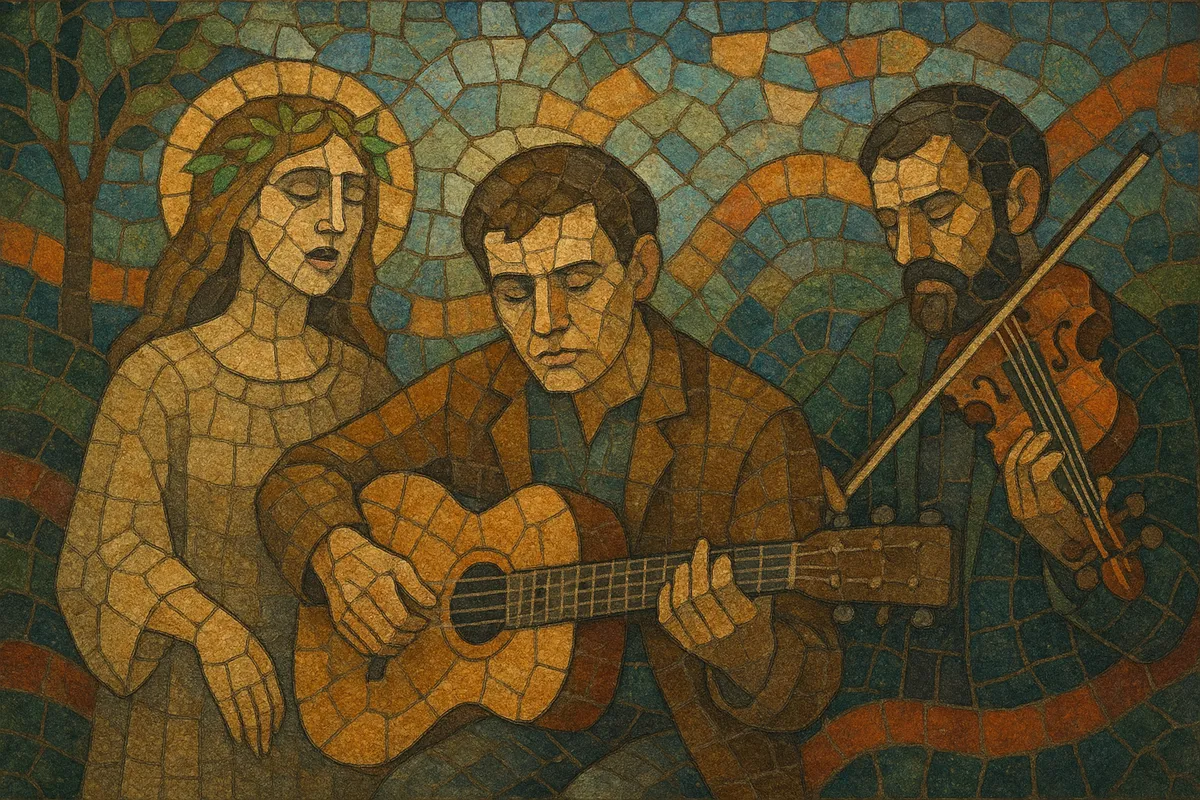
The Second British Folk Revival was a mid‑20th‑century movement in the United Kingdom that reconnected contemporary audiences with traditional songs, ballads, and dance tunes from England, Scotland, and Wales.
It grew around folk clubs, independent labels, and collectors/performers who emphasized both historically informed repertoire (Child ballads, broadsides, work songs) and modern performance practice. Politically engaged and community‑minded, the revival encouraged unaccompanied harmony singing, acoustic guitar and fiddle accompaniment, and a strong storytelling ethos.
By the late 1960s, parts of the revival interfaced with rock, jazz, and blues, catalyzing British folk rock and influencing progressive and psychedelic currents. While grounded in tradition, its enduring legacy is a living, evolving approach to British vernacular music.
The Second British Folk Revival emerged in the late 1950s as collectors, singers, and broadcasters—most prominently Ewan MacColl and A. L. Lloyd—advocated for a renewed attention to British traditional song. The growth of folk clubs in cities such as London, Edinburgh, and Newcastle created a participatory environment where amateur and professional singers shared repertoire, often unamplified and community‑focused. Independent labels (notably Topic and Transatlantic) documented both archival material and contemporary interpreters, while radio projects (e.g., the BBC Radio Ballads) illustrated how oral tradition could meet modern documentary art.
The club network expanded rapidly, encouraging the exchange of regional repertoires—sea songs, mining ballads, border ballads, and ritual and seasonal songs. Singers such as Shirley Collins, Anne Briggs, and The Watersons emphasized authenticity of delivery and respect for source singers, while guitar innovators (e.g., Bert Jansch, John Renbourn, Davy Graham) developed distinctive British fingerstyle idioms and modal harmonies. The movement also intersected with political folk currents, labor activism, and broader transatlantic revivalist energy.
By the late 1960s, groups like Fairport Convention and Steeleye Span began to fuse traditional British material with electric instruments and rock rhythm sections. Landmark releases such as Fairport Convention’s “Liege & Lief” (1969) crystallized a uniquely British folk rock, distinct from American templates. Pentangle integrated early music, jazz, and blues influences, while The Incredible String Band explored psychedelic and world‑folk hybrids. These experiments broadened the revival’s audience and seeded progressive and psychedelic folk.
The revival reshaped ideas of authenticity, repertoire, and performance practice in the UK. It sustained a club and festival infrastructure, informed later waves (from progressive and neo‑medieval folk to ‘wyrd’ and psych folk), and established a scholarly/archival pipeline linking collectors, labels, and performers. Its emphasis on living tradition continues to inform new generations of artists, arrangements, and recordings across the British Isles.
Choose traditional British sources: Child ballads, broadsides, seasonal/ritual songs, maritime and industrial songs. Preserve narrative clarity and archaic turns of phrase while ensuring intelligibility for modern listeners. Credit source singers and collections (e.g., Roud index numbers) where possible.
Favour modal language (Dorian, Mixolydian, Aeolian) and drone‑based textures. Use pentatonic contours and narrow ambitus melodies typical of many British tunes. Harmonies can be sparse—parallel open intervals, pedal drones, and occasional suspensions—to keep the tune foremost.
Alternate between ballad meters (common time with flexible phrasing) and dance forms (jigs in 6/8, reels and hornpipes in 4/4, slip jigs in 9/8). Respect the song’s narrative pacing—verses may be unaccompanied or lightly supported, with refrains inviting audience participation.
Core tools include voice, acoustic guitar (standard, Drop‑D, and DADGAD tunings), fiddle, concertina, melodeon, mandolin/bouzouki, and whistle. Use fingerstyle guitar with alternating bass and modal drones; fiddle doubles or weaves countermelodies. For folk‑rock inflection, carefully add bass, drums, and electric guitar while keeping the traditional tune intact.
Begin with unaccompanied verses to foreground text, then introduce instruments. Employ close‑harmony, especially for choruses in the English club style. Keep production natural—minimal compression, room ambience, and clear vocals—to evoke the intimacy of folk clubs. Encourage call‑and‑response or chorus singing to preserve the community ethos.

